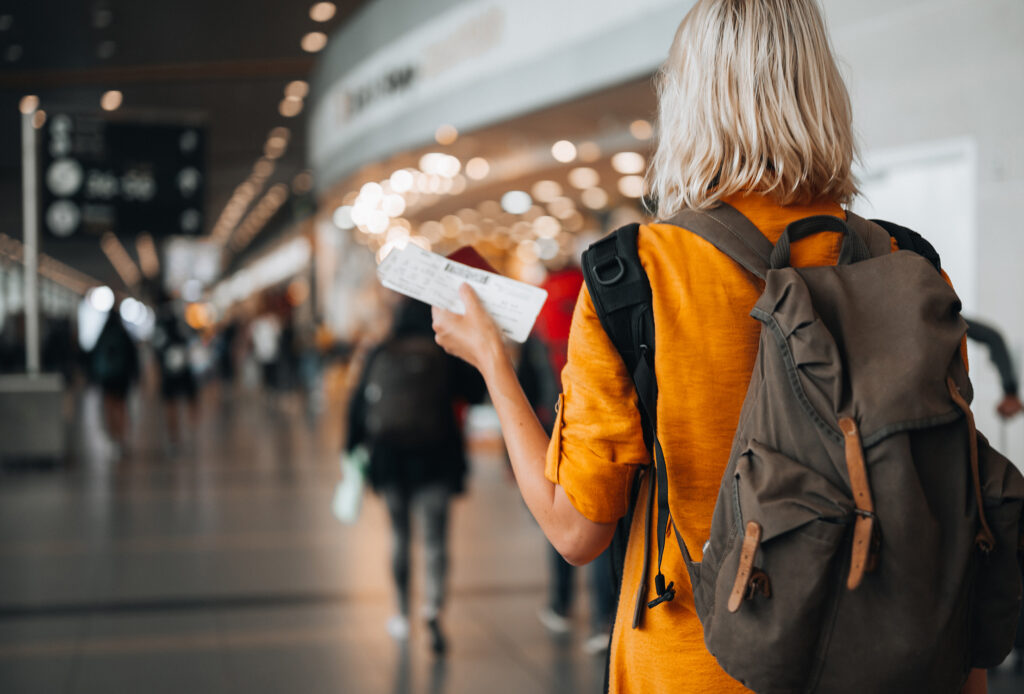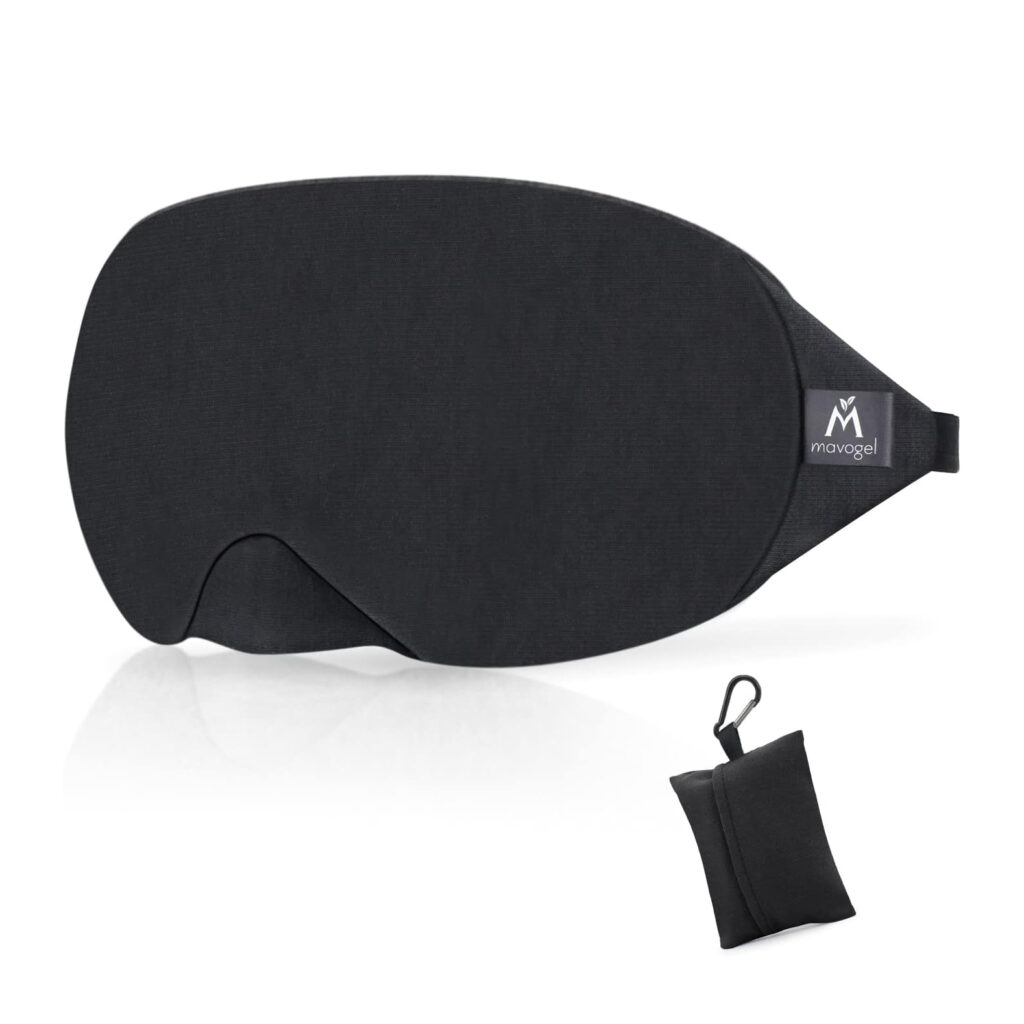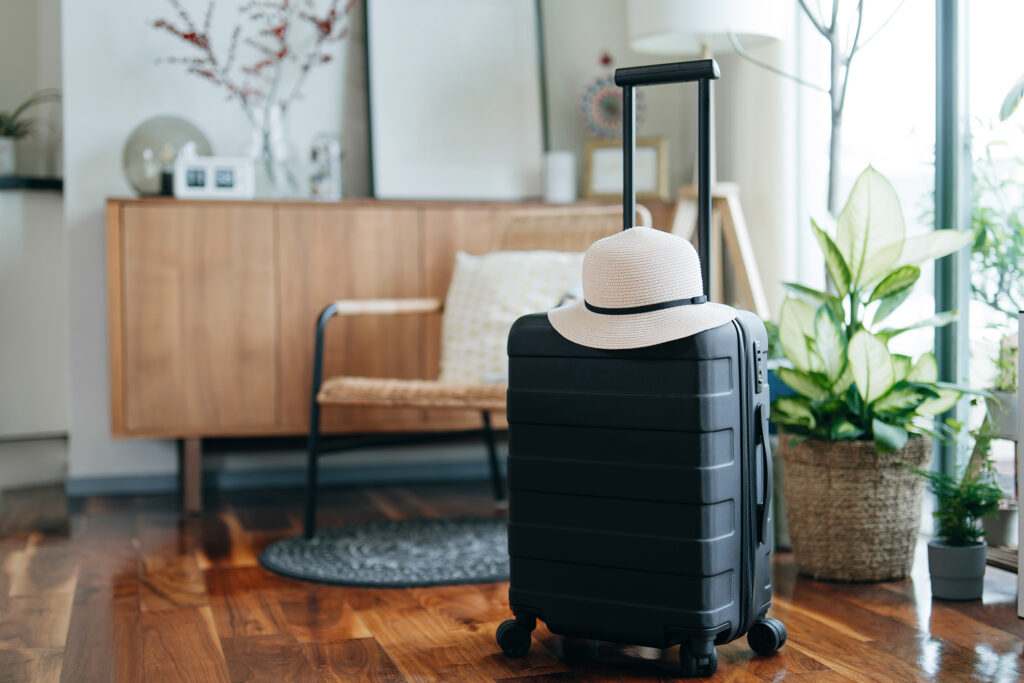
7 Tips for Conquering Jet Lag, According to People Who Travel for a Living
Don’t snooze on this expert advice.

When you book a red-eye from the West Coast to Asia or a long-haul to Europe, it’s easy to write the time difference off as no big deal. After all, who has the time to worry about jet lag when you have things to do, places to go, and food to devour? However, jet lag can rear its ugly head at literally any hour—whether you’re wired in the middle of the night or about to doze off around lunchtime. Of course, passengers aren’t the only ones who struggle with jet lag. Though they might fly for a living, the members of your cabin crew have certainly had their struggles with the time difference.
“When I’m off to Brazil from the East Coast, it’s smooth sailing with minimal time difference: No adjustments needed, just dive straight into the action,” says Ayten Nadeau, who splits her time as a flight attendant and an interior designer. “But when I’m jetting off to a land where time zones play hopscotch and the difference is a whopping six-plus hours, well, that calls for a different game plan altogether.”
Though most people will always feel the slightest effects of jet lag, a little bit of preparation can help make your transition easier. (That way, you can spend more time enjoying your trip and less time sleeping off the harsh aftermath.) To help, two flight attendants are sharing their top tips for handling it like a professional. After spending so much time in the sky, it’s safe to say that these experts have found a few coping mechanisms to make the change less turbulent.

Pyrosky/Getty Images
1. Plan Your Sleep Schedule According to Your Flight
If your calendar is packed with back-to-back travel, you may not have the time to properly switch your sleep schedule over to your destination. However, flight attendant Rachel L.* says even shifting your bedtime the night before a big flight can make a difference. “If I know I will be working a red-eye flight the following day, I will either try to stay up late and sleep in as late as possible or wake up early with plenty of time to take a nap before I have to fly,” she says. Or, if you’re flying to the East Coast first thing in the morning, an earlier bedtime can have you hit the ground running.
2. Don’t Forget to Sleep on the Plane
Between experiencing unexpected turbulence and cramming into a small seat, flying 35,000 feet in the air doesn’t exactly create the most inviting sleep conditions. However, both flight attendants say it’s imperative to catch some shut-eye on your trip. “As a passenger, I resist the allure of binge-watching movies and instead aim to catch as many zzz’s as possible mid-flight,” Nadeau explains. Create a cozy environment by packing an eye mask, a travel pillow, or a packable blanket. (Bonus points if you download a meditation playlist before takeoff.)
That said, depending on your flight path, you might want to snooze in moderation. “Make sure you don’t oversleep—depending on what time you land, of course—so that way when it’s time for bed you can fall right to sleep,” Rachel adds.

Courtesy of Amazon

Courtesy of Ostrichpillow
3. Stay Hydrated
Speaking of your in-flight behavior, Rachel says it’s imperative to drink water during your flight. Not only can a little H20 help alleviate dry skin or a pounding headache, but it can also make you feel less sluggish once you reach your destination. “Steering clear of alcohol and moderating caffeine intake, paired with a balanced diet, can work wonders,” Nadeau adds.
4. Opt for Energizing Activities
Congratulations: Your plane has landed, you’ve successfully cleared customs, and your vacation has officially begun! Problem is, you are exhausted. According to these pros, a few energizing activities can help make your jet-lagged day more bearable. “A refreshing shower and basking in as much natural daylight as humanly possible,” Nadeau says. “Armed with my trusty latte, I gracefully glide through the day until bedtime beckons.” Meanwhile, Rachel recommends hitting the gym once you’ve checked into your hotel. “Oftentimes, I find my legs feel tired and sometimes achy after flying and getting the blood pumping before a hot shower and bed makes all the difference,” she says.

Thomas J. Story
5. Up with the Sun
It’s incredible what a little bit of quality time with Mother Nature can do for you for jet lag. As a self-described nature lover, Nadeau likes to stay energized with a sight-seeking stroll. “Stepping outside for a breath of fresh air and basking in natural light are absolute game-changers,” she explains. “Exposure to daylight is key for syncing up your body’s internal clock.” Prefer to spend your vacation inside? You can still let the sun guide your sleep schedule. Or, as Rachel says, “If the sun is out then I am awake.”
6. Ease into Your Post-Vacation Routine
While most people think about conquering jet lag at the beginning of their trip, Rachel points out that the harshest effects can happen once you’re home. As difficult as it might be, try your best to get back to your normal routine. “Force yourself to get up at a decent time [and] don’t nap throughout the day,” she recommends. “When it’s getting late and you can’t sleep, put your phone away so you don’t have anything entertaining your brain.” The first few days might be a little tiring, but you’ll be back to your normal schedule before you know it.

d3sign/Getty Images
7. Be Compassionate
Above all else, it’s important to go easy on yourself: No matter how often you travel, you’re still human. “A huge mistake people make is not listening to your body and trying to push yourself too much,” Rachel shares. “I have found myself pushing my body past exhaustion and literally started falling asleep while walking and eating.”
Instead of sticking to a strict regimen, Nadeau recommends making small adjustments to ease the process. “Resist the urge to rush the adjustment process,” she says. “If your body signals the need for a nap, take a nap.” Ultimately, the most important thing is to have a recharging trip—no matter the time difference.
*A pseudonym has been used.
We only recommend things we love. If you buy something through our site, we might earn a commission.
